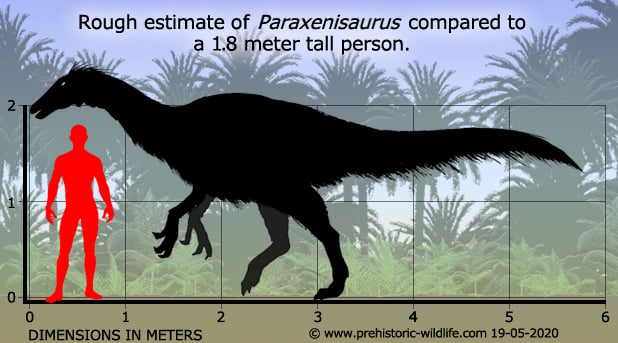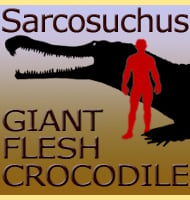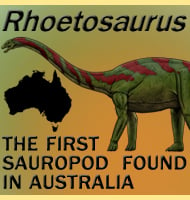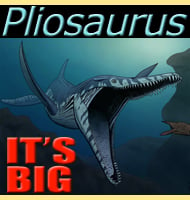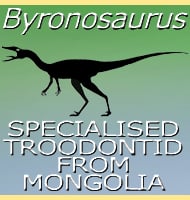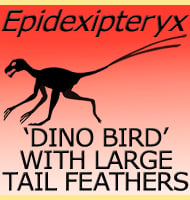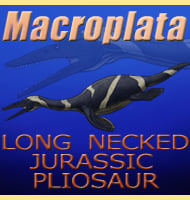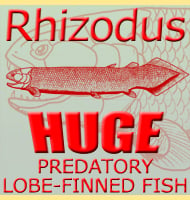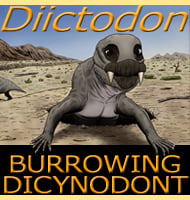In Depth
Paraxenisaurus is a genus of deinocheirid dinosaur that lived in Mexico during the late Cretaceous. Deinocheirid dinosaurs like Paraxenisaurus are a special sub group of ornithomimosaurs that are more similar to the Deinocheirus genus (Deinocheirus was for a long time known only from a gigantic pair of arms until the early twenty-first century when more complete skeletons were found). Paraxenisaurus is the first deinocheirid dinosaur discovered in North America. Before this discovery all other deinocheirid dinosaurs were only known in Asia.
Further Reading
- Paraxenisaurus normalensis, a large deinocheirid ornithomimosaur from the Cerro del Pueblo Formation (Upper Cretaceous), Coahuila, Mexico. - Journal of South American Earth Sciences. 101. - Claudia In�s Serrano-Bra�as, Belinda Espinosa-Ch�vez, S. Augusta Maccracken, Cirene Guti�rrez-Blando, Claudio de Le�n-D�vila & Jos� Flores Ventura - 2020.
